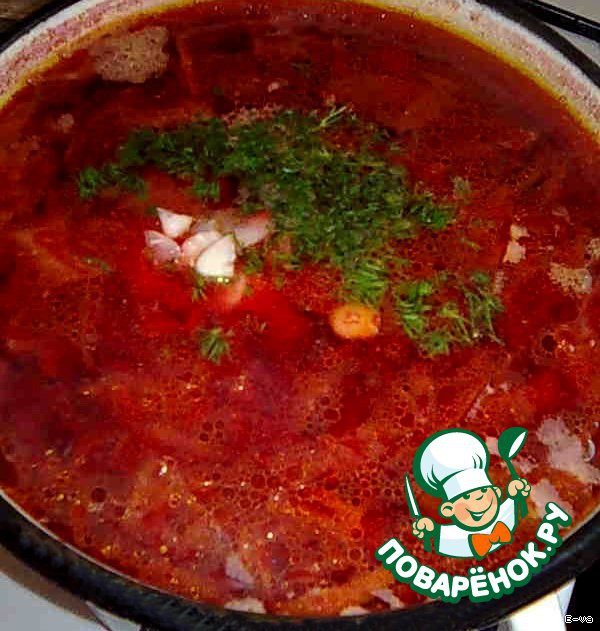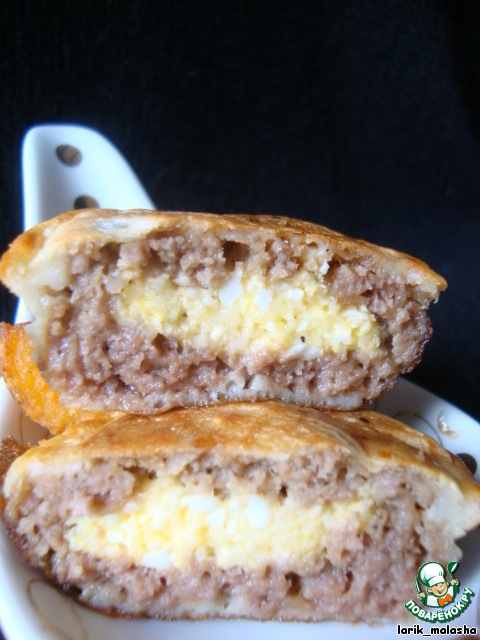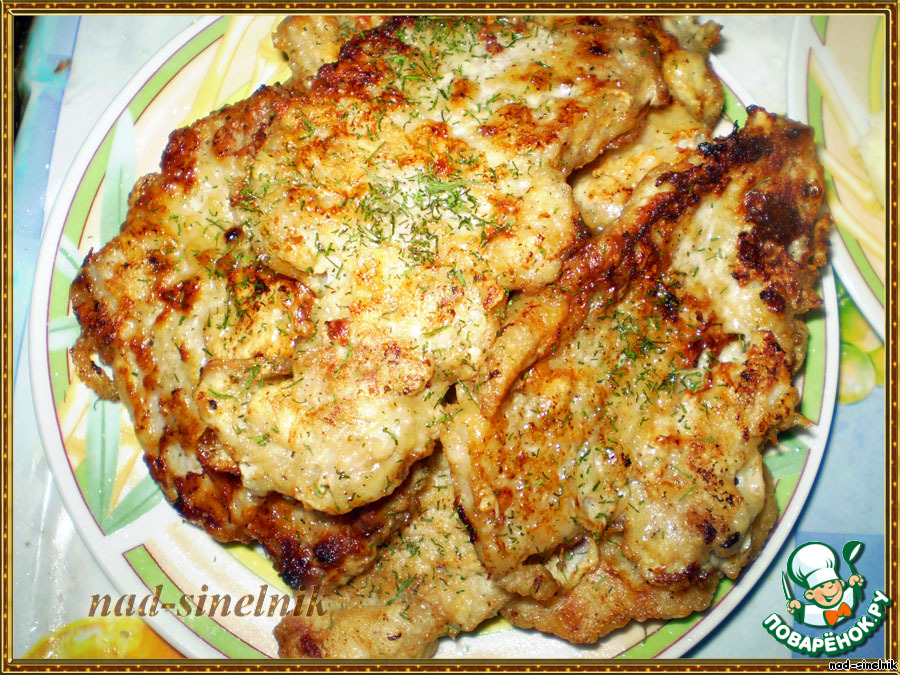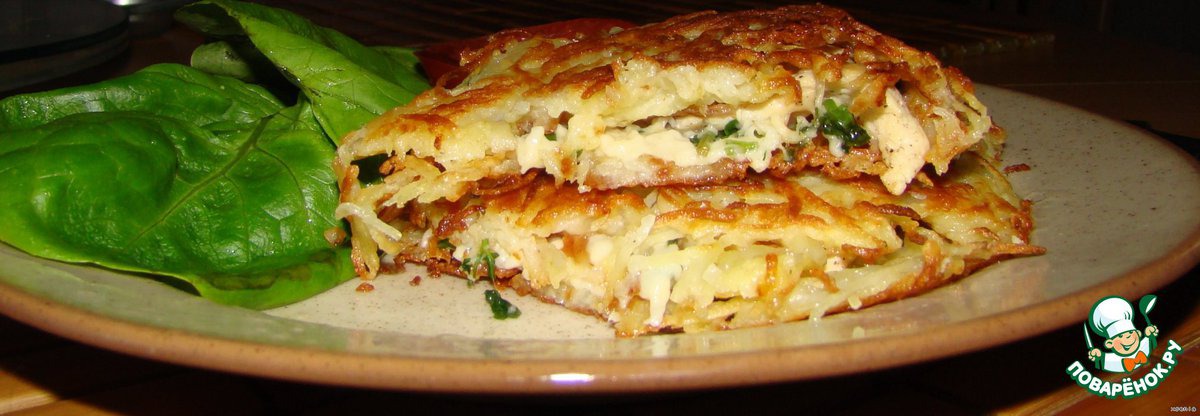Description

This cheese was born in France. There is a legend about the appearance of this cheese. In 1791 Normandy farmer Marie Harel during the French revolution saved from death hiding from persecution monk who, in gratitude, revealed to her the only way he the secret of making this cheese.
Ingredients
-
Milk
4 l
-
Sourdough
0.06 g
-
Calcium chloride
0.63 ml
-
Salt
2 tsp
Cooking

For some time, going to any "guests" with us is is such a dish

Or, for example, that. BUT the main thing, or rather two main reasons for this speed is that all the cheese that this dish is lined - hand made. In the hands of my Beloved, of course. I in this process, only the worker.

This cheese traditionally made from cow's milk. He refers to soft cheeses. Outside small head Camembert is covered with a thin soft crust on top of which grows a fuzzy white mold with the flavor of mushrooms. The cheese is a soft mass often light creamy light with soft, again, a creamy spicy taste.

Although, as mentioned, this cheese is prepared from cow's milk, nobody forbids to cook it and goat. Moreover, the milk of Anglo Nubian goats is unique in its properties. It has not the slightest aroma and flavor characteristics inherent in goat milk, the taste is no different from real ice cream. And thanks to the quality parameters of milk ideal for making cheese. Here they are - beauties.

In addition to milk and some simple equipment will need a mesophilic starter culture. For crust, use the culture of Geotrichum Candidum, and the same fluffy white mold forms Penicillium Candidum or Penicillium Camemberti. A bit of salt. • 4 liters of milk • mesophilic starter culture: 1/8 teaspoon (0.6 g) mesophilic culture starter ММ101; or 0.08 grams of leaven Birthbut • 1/64 tsp (0,025 g) Penisillium candidum • 1/64 tsp (0.05 Gy) Geotrichum candidum • 1/8 tsp (0.63 ml) 10% calcium chloride solution • 1/4 tsp (1.25 ml) liquid rennet or 0.2 g of powdered rennet • 2 tsp salt Very important high quality of milk used for making cheese. And the doses that we use for milk of different qualities and properties, alas, might be completely different and the cheese just may not be possible. So – be careful. Milk we have our own, verified, hygiene observed carefully, so cheese made from a live product. First of all, milk should be heated to 30 degrees, and sequentially add the starter culture and the mold. Cover the container lid and leave it alone for half an hour. And through these one and a half hours in the pot formed a dense, stretchy cheese clot. This clot floats in the serum. Its not much, but it's there.

The next step. It is necessary to grind the clot, cut it into cubes. From left to right, along, across....

The resulting cubes, yet also chop. To the state of "curd"

Removed from the container the serum. Very carefully otherpages her. With the help of a ladle and a strainer.

A little serum, no matter how you try and remain. But, in General, and is not harmful. Add in cheese grain of salt.

Stir the grain. Delicately. So as not to crush and not to compress.

The forms that are used for molding the heads of Camembert, allow to result the weight of these heads ... average a hundred and fifty, two hundred grammov.

And... again – ... gently, to shift the curds into the molds. We must remember that the curds that form will be filled in a very short time will settle and again it will be necessary to add grain in shape. Therefore it is not necessary to take a large number of forms to immediately put all the grain. And to trample down what is called the grain when laying, also not necessary. Leveling – Yes, seal is not necessary.

As draining the whey and forming the grain into the head quite naturally from the curds will thicken. Forms to be put on some kind of rack that excess fluid had the opportunity to drain. After a couple of hours the curds will thicken and the head is almost sformula, but should form turn and leave it in that position for an hour. Naturally head in the form of a move, and will close down.

This process should be repeated several times during two or three hours in half-hour increments.

And then, leave the head in the forms of hours to ten or twelve. Don't forget to cover marlechkoy. Will be more hygienic.

For ripening a cheese head it is best to put in the tray. On the bottom of the pan have to put the paper towel in several layers. A towel is placed on the drain grate. First, higher and larger, and it's already so small. And they lay out for cheese. The tray to lock it and put it in the fridge. The cheese is matured at a temperature of 6-8 degrees.

The next morning the tray on the inside covered with condensation.

We have to change the towel on the bottom of the pan. It is almost soaking wet. Wipe the tray dry. To use for this, of course, best of all, again with paper towels. Cheese is again put into the pan, turning heads. The head should be turned regularly to ensure even growth of mold.

Surgery have this done daily during the ripening of cheese. Of moisture every day will be less. After a couple of days you will notice that the head begins to acquire some of the roundness and to dry out noticeably.

And after a couple of days, the heads will begin to form furry mould. And the aroma of the cheese, it will be very noticeable, will become ...Umm ... well, let's say, more clearly.

So the cheese will look like in two and a half, about a week. Already obvious crust, covered with white mold.

...

...

...

By the end of the third week of cheese ready. But he still is firm, even hard. The crust is soft and tender, moist. The taste is salty and spicy with mushroom shade. I would say that at this point the cheese can be called "Camembert first maturity."

Over time, on the fourth week, Camembert begins to turn soft, I would say, fluid Camembert. First slightly.

Even when cutting the crust, which, incidentally, will become more apparent and relief, immediately will stand out the very fluid nature of the Camembert.

Looks like a piece of Camembert cheese, which is cut from the head. To comment on something, it seems to me, too. Cheese is really flowing. A little advice. Taking the cheese out of the refrigerator, let it warm up a bit to this is the fluidity that is evident in all its glory.

And, of course, the head of the Camembert, makes any cheese plate. Angel for the meal.

And for comparison. Just without any commentary. French, artisan cheese from cow's milk and one from goat's milk, really, but ... you can see everything, I think.





Leave a comment or a recipe review
Leave comments can only registered users.
Register, or Login if you are already registered.